Description
Transformer erection service refers to the process of installing and commissioning a transformer in a specific location. Transformers are essential components in the electrical power transmission and distribution system, and their installation requires careful planning, execution, and testing to ensure safe and reliable operation.
Transformer erection service typically involves the following steps:
- Site preparation: The installation site is prepared by excavating the foundation and providing a leveled surface to support the transformer.
- Transformer assembly: The transformer is assembled by connecting its various components, such as the core, windings, tap changer, bushings, and cooling system.
- Lifting and positioning: The transformer is lifted and positioned onto its foundation using specialized equipment, such as cranes and hydraulic jacks.
- Connection to the electrical system: The transformer is connected to the electrical system, including the high voltage and low voltage cables, grounding system, and protective devices.
- Testing and commissioning: The transformer is tested and commissioned to ensure it meets the specified performance and safety standards. The testing may include insulation resistance tests, oil tests, transformer turns ratio tests, and other functional tests.
It is important to engage qualified and experienced professionals to provide transformer erection service to ensure the safe and reliable operation of the transformer.

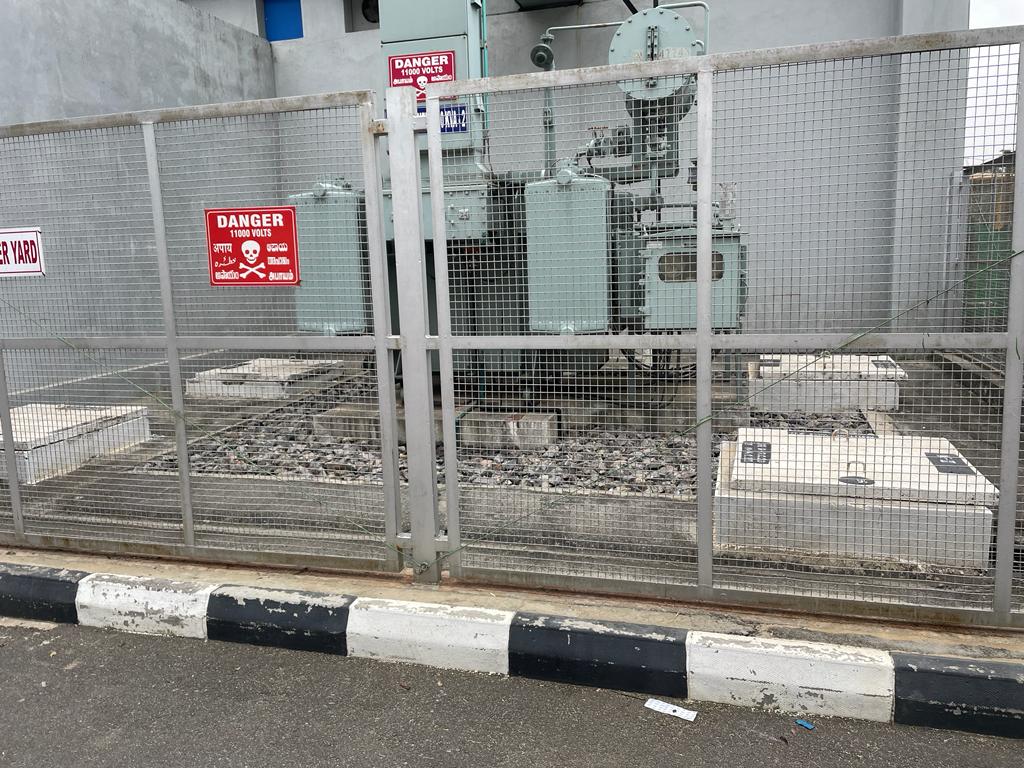

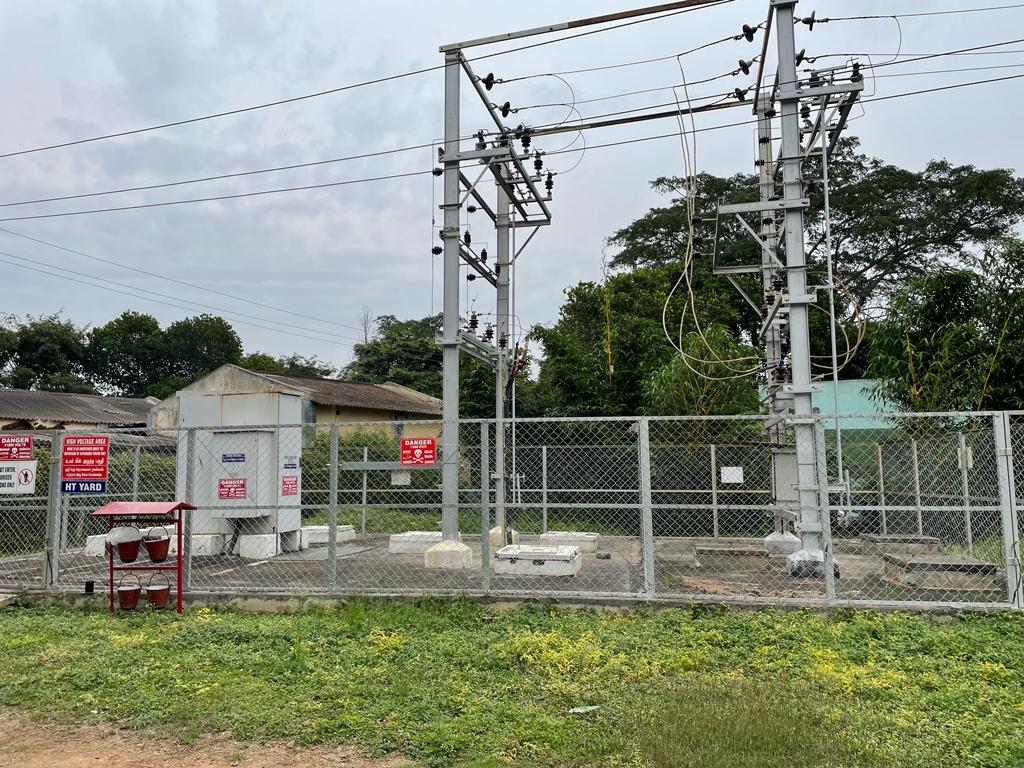


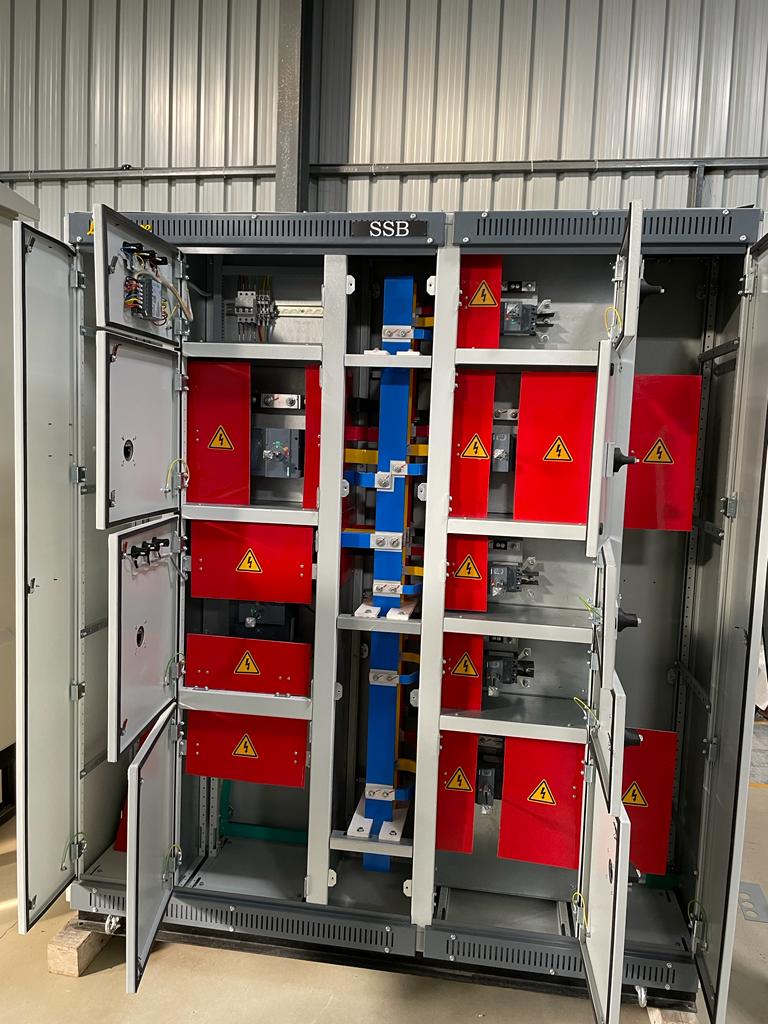
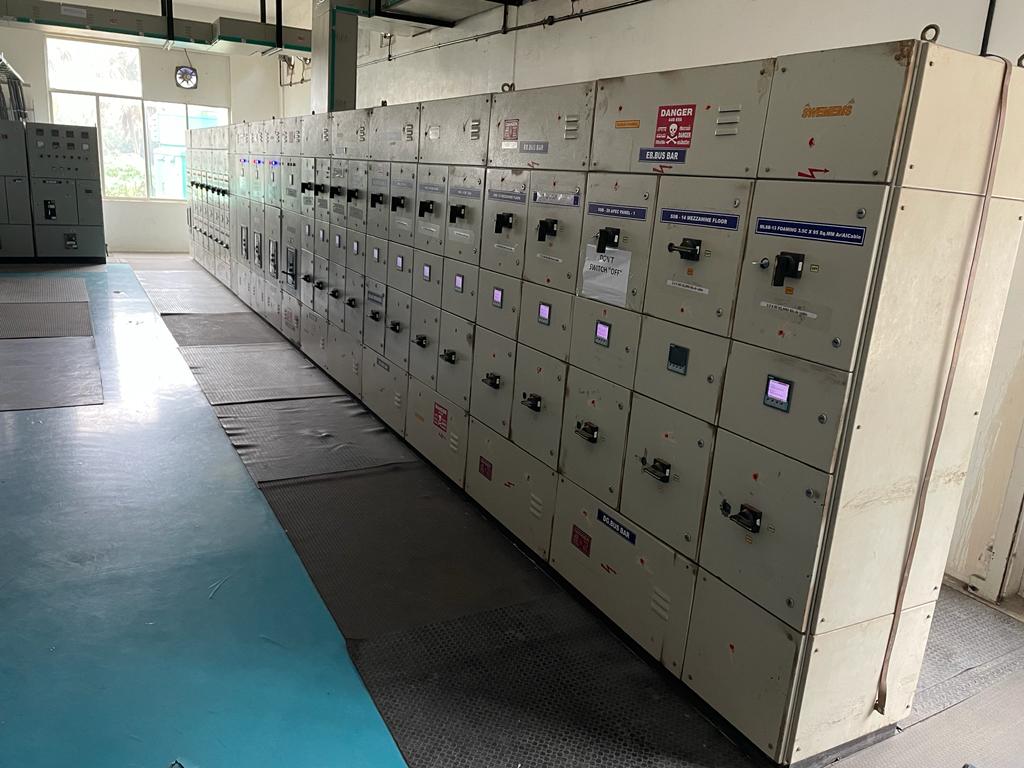

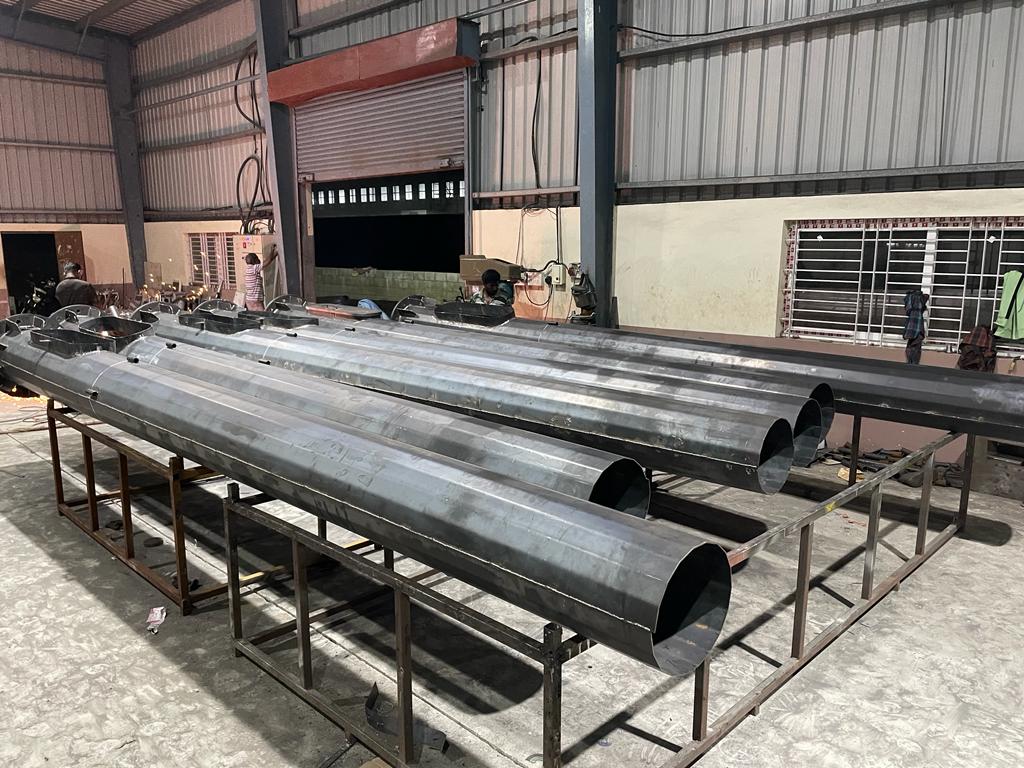
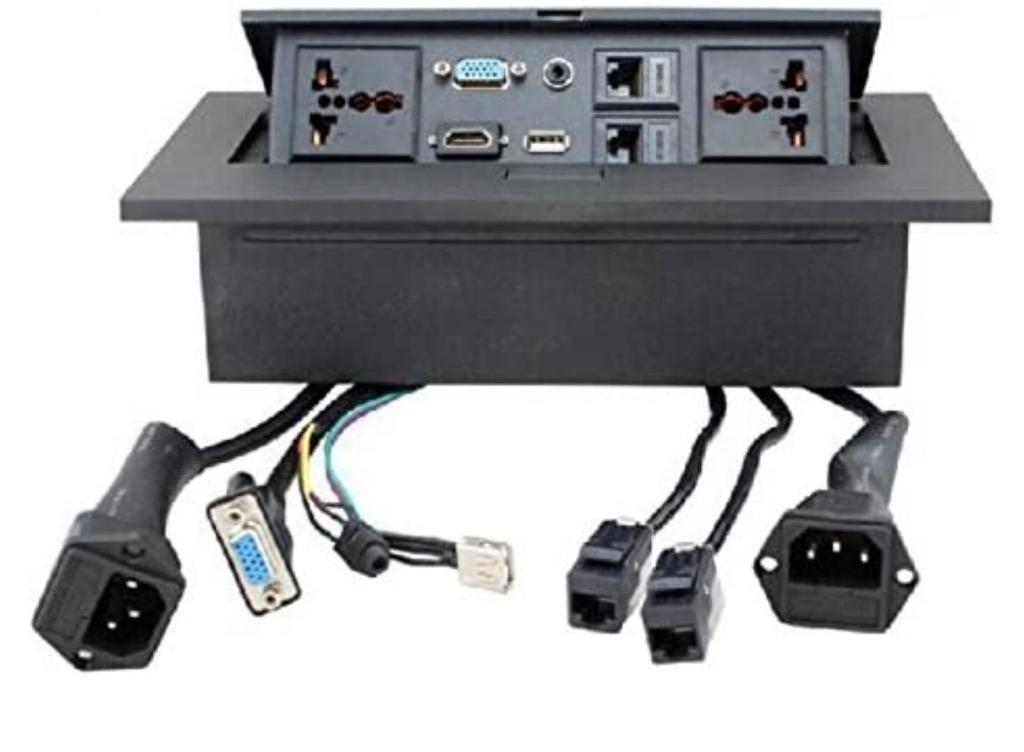

Reviews
There are no reviews yet.